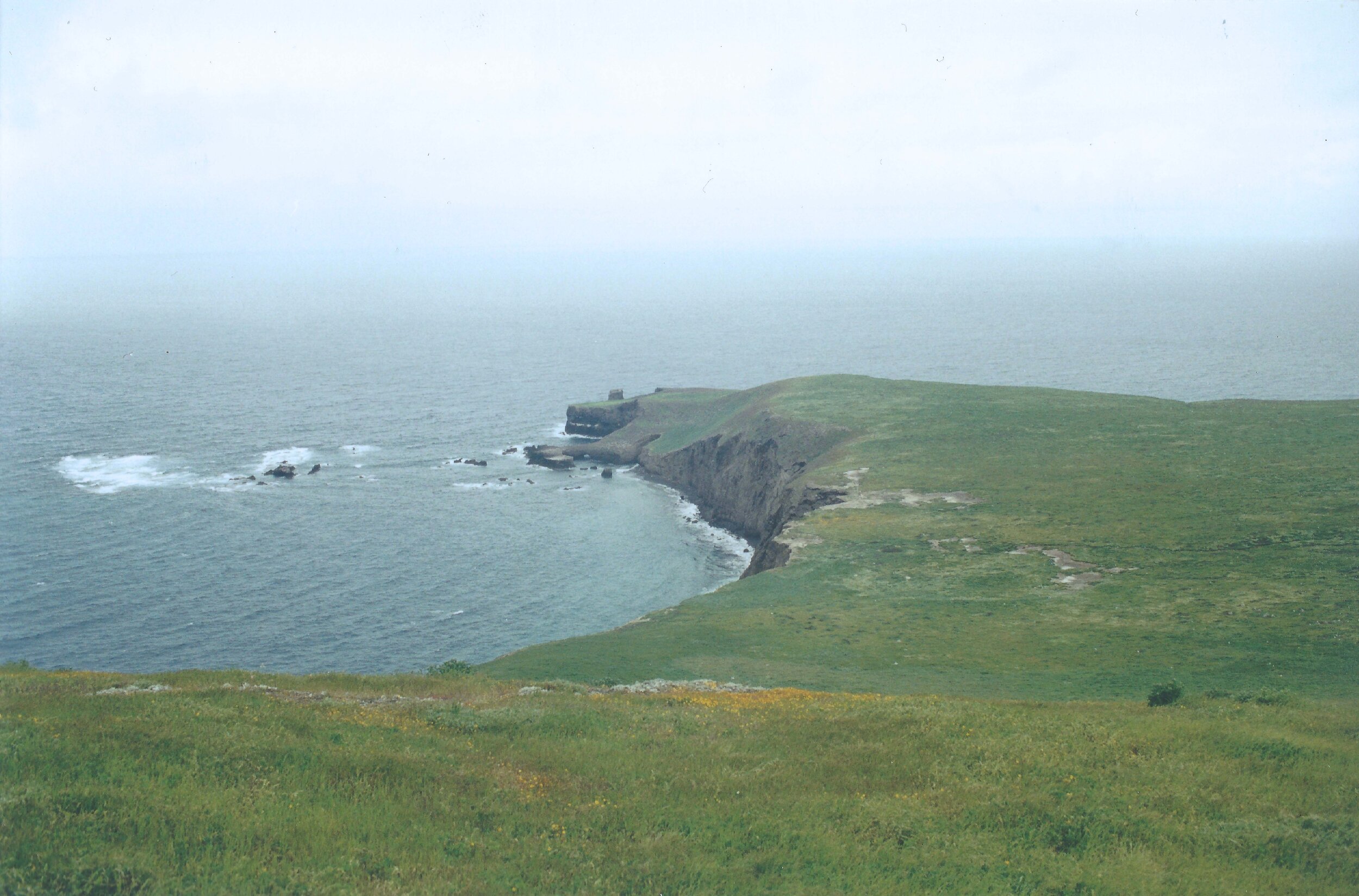


Santa Barbara Island
From a distance, this one-square-mile island may look a bit barren, but upon closer examination, offers a lot more than one would expect.
Santa Barbara Island
From a distance, this one-square-mile island may look a bit barren, but upon closer examination, offers a lot more than one would expect.
About Santa Barbara Island (BAR)
Overview
The smallest of the Channel Islands, Santa Barbara Island (BAR) is deceptive. From a distance, this one-square-mile island may look a bit barren, but upon closer examination, offers a lot more than one would expect. The island is alive with plant and animal life including resting elephant seals, blooming yellow flowers, and tumbling Scripps's murrelet chicks. It also has a rich cultural history to boot.
A Brief Island History
Santa Barbara Island is located 38 miles from the closest point on the mainland and 24 miles from Catalina Island. The smallest of the Channel Islands, it is only one square mile in size, or 639 acres. Formed by underwater volcanic activity, the island is roughly triangular in outline and emerges from the ocean as a giant, twin-peaked mesa with steep cliffs. In 1602, explorer Sebastian Vizcaino named the island in honor of Saint Santa Barbara. When California claimed statehood in 1850, Channel Island’s switched ownership from the Mexican government to the United States who then respectively leased the island to J.G Howland in 1909 and Alvin Hyder in 1914.
Arch Point from the perspective of a person on a boat.
Santa Barbara Island’s Landing Cove
A view of Santa Barbara Island’s Arch Point
Santa Barbara Island suffered for year’s from ranching and farming that introduced many non-native species such as rabbits and cats. The blunt of development on the island was caused by it’s second lessee Alvin Hyder, whose extended family (as many as 17 people at one point) ended up living on the small island that provided little in the way of habitat or shelter. While the Hyder family eventually packed up their bags and left due to the harsh conditions, the island was turned into a national monument in 1938 and can now be enjoyed by the public. It is now one of the five islands that encompass the Channel Islands National Park. At the time of it’s inauguration, the Channel Island’s National Park was the only National Park in Southern California to date.

Plants and Animals
Today, native vegetation is slowly returning to Santa Barbara Island thanks to conservation efforts by groups such as Channel Island’s Restoration.
Plants and Animals
Today, native vegetation is slowly returning to Santa Barbara Island thanks to conservation efforts by groups such as Channel Island’s Restoration.
Santa Barbara Island Plants and Animals
Notable plants include the Santa Barbara Island live-forever (Dudleya traskiae) a succulent plant endemic to the island, along with a rarer variety of St. Catherine's lace buckwheat (Eriogonum giganteum).
Restoration efforts have helped the birding population that calls Santa Barbara Island it’s home. Birds nest annually on the island including three endemic subspecies that are found only on Santa Barbara Island, the horned lark, the orange-crowned warbler and the house finch.
Seabirds also call Santa Barbara Island home. The western gulls who nest every year on the island can be found in various nesting sites along the cliffs and trails. Other animals that inhabit Santa Barbara Island include sea lions and elephant seals. These animals feed on the kelp life that surround the islands and enjoy the cool crystal clear water of the island’s shores.
The island has various outcroppings where one can observe the sea lions and elephant seals in their natural habitat, such as Sea Lion Rookery, Webster Point, the Elephant Seal Cove, Landing Cove, and Arch Point pictured here to the right.



